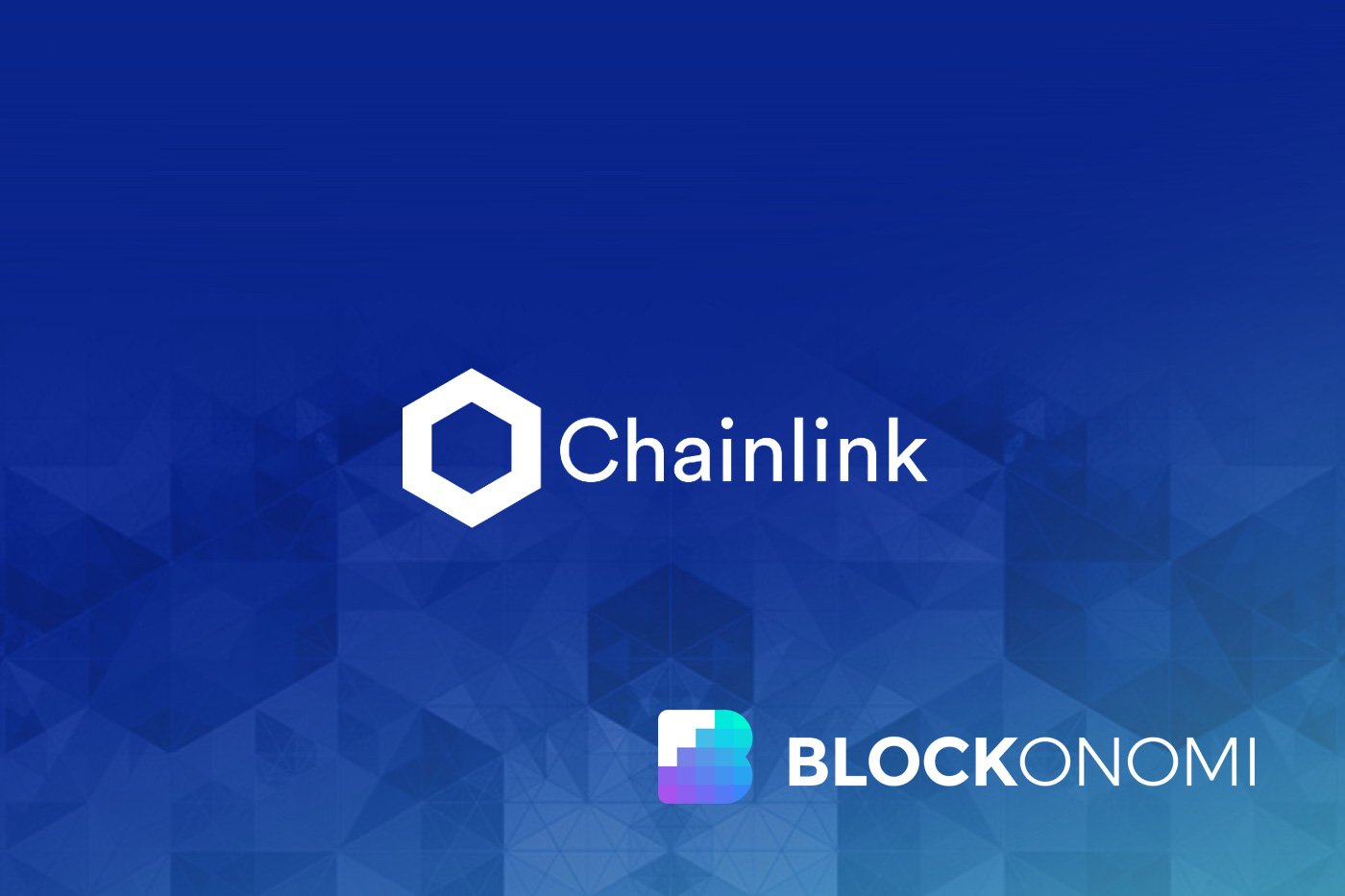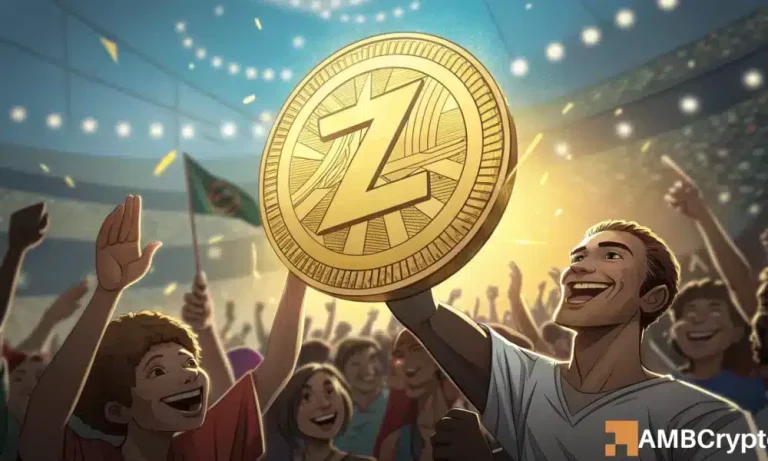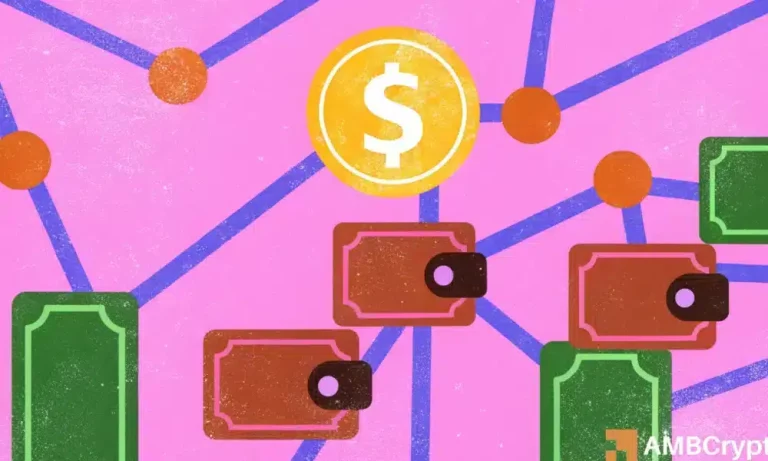
The world of finance is evolving at an unprecedented pace, with blockchain technology leading the charge. Recently, UBS, one of the largest global private banking institutions, has made headlines by executing the first live tokenized fund transaction entirely on-chain. Powered by Chainlink’s Digital Transfer Agent (DTA) standard, this innovative milestone signals a shift toward merging traditional finance with decentralized systems.
What Is a Tokenized Fund?
Tokenized funds are digital representations of traditional financial assets or funds, leveraging blockchain technology to enhance transparency, accessibility, and efficiency in transactions. This evolution opens doors for secure, automated, and real-time fund subscriptions and redemptions.
UBS’s Groundbreaking Transaction
In collaboration with Chainlink and DigiFT, UBS executed the end-to-end tokenized workflow using the Digital Transfer Agent (DTA) standard. This live transaction involved the UBS USD Money Market Investment Fund Token (uMINT) built on the Ethereum blockchain. DigiFT acted as the on-chain distributor, managing fund order requests via the DTA protocol.
The entire process, from order placement to settlement, operated seamlessly on-chain while synchronizing data between decentralized and traditional systems. Chainlink’s DTA integrates several components, including:
- Chainlink Runtime Environment (CRE): Ensures smooth execution of smart contracts.
- Cross-Chain Interoperability Protocol (CCIP): Facilitates seamless communication across multiple blockchain networks.
- Automated Compliance Engine (ACE): Maintains regulatory alignment during transactions.
- NAVLink: Synchronizes fund valuation data in real time.
This synchronized workflow enhances efficiency without compromising security or compliance.
The Future of Institutional Finance
The completion of this tokenized transaction marks a significant step for institutional finance adopting blockchain technologies. UBS, through its UBS Tokenize division, aims to expand its digital asset capabilities, adhering to institutional-grade requirements. The shift also highlights the growing utility of decentralized finance (DeFi) in improving operational efficiency and transparency for regulated institutions.
Sergey Nazarov, co-founder of Chainlink, stated that this collaboration lays the groundwork for traditional finance to operate securely within blockchain environments. By leveraging advancements in real-time fund visibility and process automation, financial institutions are poised to redefine the standards for fund management.
How It Impacts Investors
For investors, this development introduces a more streamlined and transparent investment ecosystem. Tokenized funds simplify access to different asset classes, reduce transaction costs, and provide near-instant settlement times. Additionally, chain-based solutions minimize the potential for errors, delays, and inefficiencies associated with manual processes.
Explore Blockchain Innovations
If you’re intrigued by blockchain’s transformative impact on finance, learn more about how you can integrate tokenized finance into your portfolio. To delve deeper into blockchain-powered solutions, consider exploring premium educational resources like the Blockchain Specialization on Coursera, which provides in-depth insights into the workings of this revolutionary technology.
The future of finance is digital, and groundbreaking advancements like UBS’s on-chain tokenized transaction are paving the way for a more efficient, accessible, and decentralized financial world. Stay ahead of the curve by understanding the potential of blockchain-driven initiatives and their applications in institutional finance.






